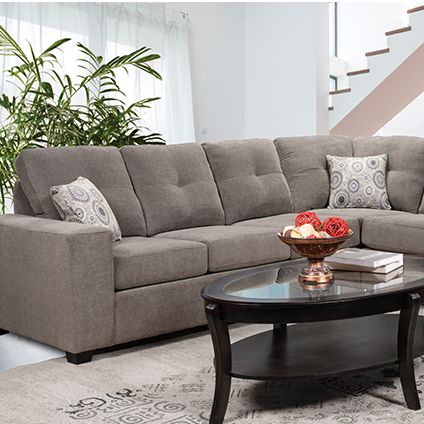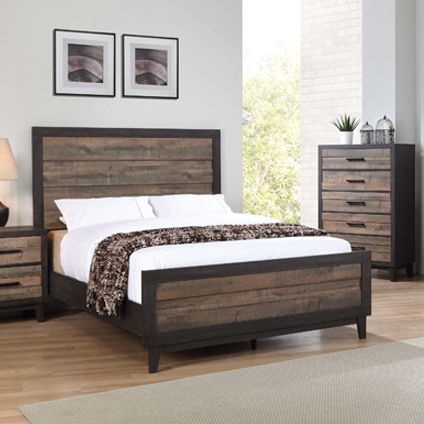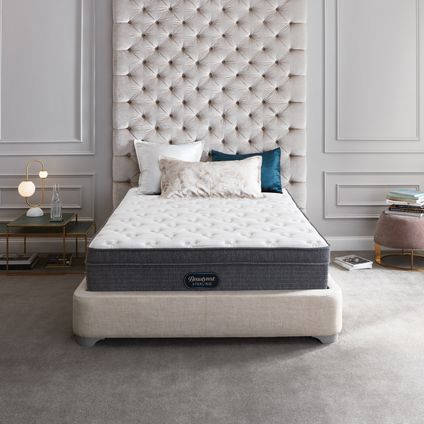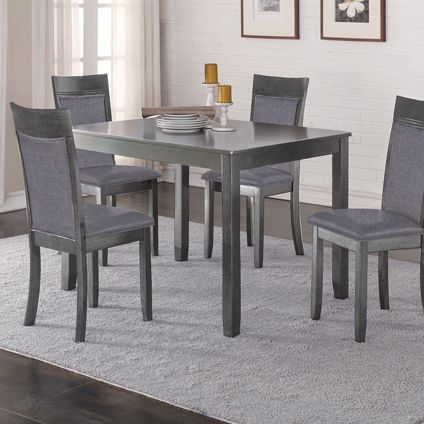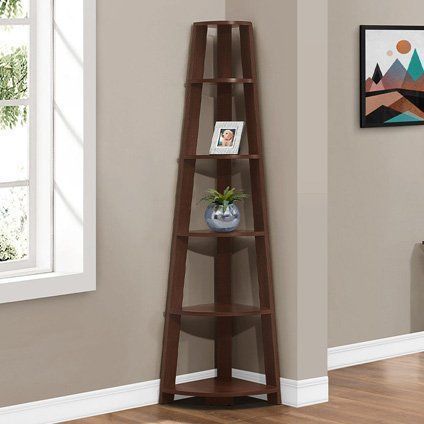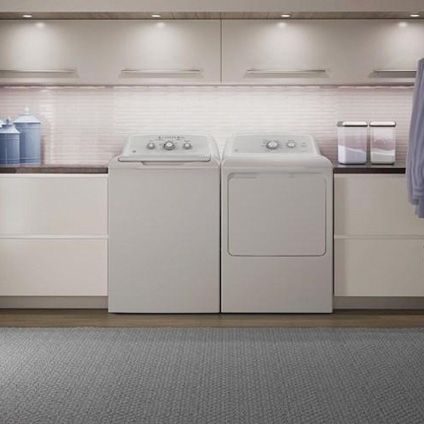iSave Best Price
Free Layaway
Same Day Delivery
Don't Pay for 1yr
Essential Considerations for a Couch and Loveseat Layout
Essential Considerations for a Couch and Loveseat Layout
Have you recently purchased a couch, but aren’t quite sure how to plan the layout of your living space? The following are key considerations to keep in mind as you begin this next step in designing a layout that will work best for you.
Determine Function
The first step in determining the layout of your couch and loveseat is reviewing the function or purpose of the room in which the furniture will be placed. In most living rooms, TV viewing is prioritized as a primary focal point, resulting in layouts that place couches directly opposite from a television or the wall it hangs upon, with additional furniture like a love seats positioned with a comparably good view. But if you’re looking to place a couch in a basement intended for entertaining, or as added features to a master bedroom, your layout will be dependent upon differing components. In a master bedroom, a loveseat may work well in a nontraditional position such as facing the bed, placed at the end of the bed, or facing a window. In a basement designed for entertainment, it makes sense to arrange furniture with optimal views of gathering points such as a dart board, billiards table, or a home bar. Don’t be afraid to move your furniture inward, either. While options for spacious furniture layouts are generally hard to come by, if the function of your space is to also facilitate conversation, a layout with too much open space with couches pushed against walls can feel inhibiting.
Though determining function may seem an obvious step in planning a layout, reviewing purpose can inspire new ideas and uses for a space, lead to enhanced arrangements of furniture and items already in place, and influence the style and size of the furniture to be purchased from a local Surplus warehouse.
Consider Accessibility
If the room your couch and loveseat will inhabit has two entrances, you should also consider how the layout of your furniture could enhance or impede the flow of daily traffic. For example, though your couch may be perfectly situated to offer an exceptional view of your flat screen TV, if it creates a narrow passageway when traveling from the kitchen to the foyer, this may become highly inconvenient and inefficient after frequent daily use. Even for a room with just one entrance, the position of your couch can affect how the space is utilized. It all comes back to the purpose of the intended space; furniture in playrooms benefit from wide spacing to permit an open area of play, while studies or small family rooms benefit from a closer arrangement around a coffee table or fireplace to encourage conversation, allow elements like bookshelves to line the walls, or simply to create a more intimate atmosphere.
Create a Pleasant Aesthetic
Equally important to the function of the furniture in your living space is its appearance. When it comes to creating an appealing layout, appearance has more to do with symmetry and angles than fabrics and color swatches. Like a work of art, a living space is best arranged with balance and symmetry in mind. If you’re working with a full couch, loveseat, and armchair, it makes sense to place the two smallest pieces of furniture across from your more spacious couch. A classic approach to integrating balance into a room is a face-to-face design, which places furniture at opposite ends of the room facing each other. This layout not only promotes conversation, but can be an easy solution to creating pleasing aesthetic when working with just two pieces of furniture of similar sizes. Even if layout design isn’t your specialty, there are easy opportunities to seek out expertise from professional furniture consultants.
Assess Additional Factors
There are a number of additional factors to consider when planning a layout for the furniture of your living space, such as the way in which your layout could encourage or limit the wear and tear of your furniture. A couch closely positioned in front of a window facing east, for example, could result in faded fabric over time, while a loveseat with its back to a high traffic pathway could experience scratches, loose threading, or even spills sooner than other furniture in the room. Consider the extent to which you are maximizing your space in terms of square footage as well; a couch placed diagonally in a corner of your living room could create trapped, unused space that will only collect dust. Finally, determine if your arrangement creates the compartmentalization or sectioning you need (if applicable). Even if your living room is primarily used for viewing television, if you also work at a desk in the room, have children that always play in a certain corner, or have a window seat for reading, let your layout enhance these uses by creating loose divisions for each area.
While there may never be a perfect layout that meets all of your requirements or avoids every pitfall, when determining the furniture layout of your apartment or home, giving thought to every aspect of a layout can help create a living space that lives up to its full potential.
Leave a comment:
